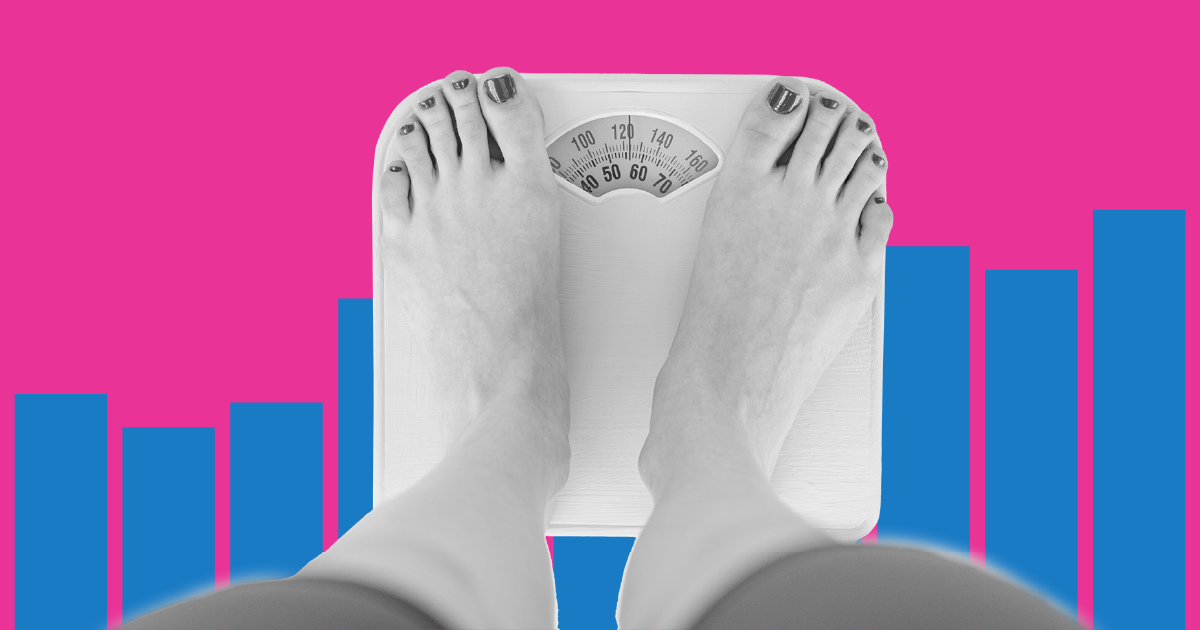Health
US obesity rates have tripled over the last 60 years

According to the US Census Bureau, of the 127 million Americans who have had COVID-19, 28% developed long COVID.
Long COVID refers to the condition in which someone infected with COVID-19 experiences long-term health effects that last for months or years as a result.
Data collected by the Census Bureau through the Household Pulse Survey in December 2022 reveals that long COVID has affected people of different genders to varying degrees.[1] The Bureau defined long COVID as having COVID-19 symptoms that last for three months or longer.
The survey has some information about respondents’ genders, though it is limited. Respondents answered whether they identified as male, female, transgender, or did not identify with any of these labels. The survey did not ask for respondents to further elaborate on their gender identity.
At 46%, transgender people experienced the highest rates of long COVID, followed by people who did not identify with the gender labels provided by the survey. Cisgender women had higher long COVID rates than cisgender men, 32% compared to 22%.
Transgender people had the highest rate of long COVID with severe symptoms at 42%. Thirty-nine percent of people who did not identify with the survey’s gender labels had the highest rates of moderate long COVID, while 9% of cisgender women had the highest rates of minimal long COVID.
Symptoms vary from person to person, but long COVID can have a variety of respiratory, cardiovascular, neurological, and digestive effects.
The most reported symptoms include extreme fatigue, fever, difficulty breathing, chest pain, heart palpitations, brain fog, depression, and anxiety. Some people have also experienced changes in their menstrual cycles as a result of COVID-19.
The medical community is still developing an understanding of long COVID’s causes, risk factors, and effects. However, the Department of Health and Human Services stated in November 2022 that long COVID is more prevalent in trans and bisexual people as a result of their challenges with accessing health care and stigma surrounding their gender or sexuality.
Read about long COVID by race and by age. To get a comprehensive look at health in the US, visit the 2023 State of the Union in Numbers. Get the data directly in your inbox by signing up for our weekly newsletter.
While the data was collected in December 2022, the Bureau asked people whether they had experienced long COVID at any point in time, not only at the time of the survey.
Newsletter
Keep up with the latest data and most popular content.